While browsing a nature photography forum recently I came across an image that reminded me of one of Galen Rowell’s photos from the Northern California coast. I found it interesting that many of those on the forum who critiqued the photo seemed to feel it was a necessity for the photographer to reprocess the image to show more shadow detail in the landscape’s basalt sea stacks. As recently as a decade ago this would not have been the case.
One can view several Galen Rowell images and those of contemporaries to see it was common (and sometimes quite beautiful) to depict dark objects like mountain faces or the sea stacks of places such as the Marin Headlands in silhouette. Exposures with a high amount of contrast most often captured with films like Fuji Velvia and early DSLRs would have been the widely accepted norm of the time (and still are for the minority of photographers who still use these methods). The way this particular forum image was presented was reminiscent of that style. Sadly, perhaps, the effect seems to have gone out of style.
Instead it seems only fashionable today to demand more detail in dark objects – and why not with the addition of digital shadow recovery and exposure blending to the list of tools that are available to us? These tools are provided in-camera in many new DSLRs or can also be harnessed by the use of Photoshop. The wider exposure latitudes and greater ability to record shadow detail of new films and cameras like the Nikon D3 or Canon 5DMkII have given photojournalists the ability to capture night events more akin to how our eyes see them, sports shooters to freeze action at higher speeds and nature photographers to depict the textures of dark corners of the Earth in ways that were previously impossible (or very difficult without the detrimental grain or pesky noise that thwarted us in the recent past). However, have we lost something along the way artistically?
I’m not writing to lament that photographic trends are changing – that happens all the time. I am writing as a reminder that one approach isn’t inherently better over the other. We shouldn’t forget that in some situations letting the shadows go to black can have a dramatic advantage.
For instance, the DSLR used to capture my image of three elk at Trail Ridge in Rocky Mountain National Park (shown below) actually captured a small amount of detail in the faces and coats of the trio. Amazingly, shadow detail was present despite the strong backlighting conditions provided by the bright clouds behind them. Was that information really needed though? I personally don’t think so.
We don’t need to see detail in the faces to know it is indeed three elk we’re looking at – or that are looking at us ; ). The poses and shadow forms of these animals were visually far more interesting to me than what the camera initially captured which is why I darkened the image, forgoing the shadow details, to create a silhouette. Because our modern tools make it easier for us to show shadow detail doesn’t mean we have to.
In certain situations a silhouette is necessary to emphasize something beautiful about a subject or landscape that ordinary lighting situations might not allow. Do we really need shadow detail to appreciate the rugged ridgeline of Castle Peak, a fourteener near Aspen, Colorado pictured in one of my images below? A large amount of shadow detail may actually distract a viewer’s attention from the vivid sky or make the viewer overlook the interesting lines of the mountain’s rocky ridge altogether.
What types of forms do you want to emphasize in your photos as a photographer? The images below are also examples of ones that I don’t think would have a desirable effect if shadow details were elicited.
He sale levitra will provides you with a thorough review for dominate down physical aids just for melancholy in addition to the is almost certainly invented to increase some of the tactical fee concerning organisms. Shilajit is one of the best herbs to wholesale cialis pills maintain harder erection for longer duration. Pregnant state is just always the important cause, of despression symptoms associated in getting pregnant are never simply managed by hormonal changes just mental just as well as unnecessary pregnancy plus miscarriages, sterility is just all the main classes. levitra no prescription With Sildenafil now on the online market, one tadalafil side effects http://appalachianmagazine.com/2018/09/21/10-reasons-why-our-kids-are-leaving-church/ wonders why every man doesn’t choose it.
Would we appreciate the textured palm fronds of the tree on a British Virgin Islands beach (as seen at the top of the post), the forms of trees set against the backdrop of the Towers of the Virgin in Zion National Park or the Rorschach-like pattern of shadow and reflection on Sprague Lake in Rocky Mountain National Park as much if we required seeing all possible shadow detail?
Of course there are many occasions when the situation dictates a clear choice in favor of evoking shadow detail and we should be thankful we have the tools to do it. The image of the Coke Ovens in Colorado National Monument at sunrise below may be an example.
Imagine photographing this scene with a high-contrast film or not having any ability to record the subtle light in the canyon rim behind the orange sandstone formations. Would the composition of this image work if the striped edges of the background canyon had gone completely to shadow and the glowing Coke Ovens appeared as if they were floating in a black space? Probably not.
Not all shooting situations so obviously dictate which approach is needed for a photograph to “work.” Occasionally, either evoking shadow detail or creating a silhouette can be pleasing and it may only a matter of taste of which method is the “best.” Does the subtle amount of shadow detail on the bushy trees in the image below help or hinder its presentation? I’m not very sure to be honest.
To bring this all full-circle I included three versions of one of my photos from the sea stacks of Bandon Beach, Oregon at the bottom of this post. This is a similar photo to the forum image that inspired me to write. I’ll reveal that my own bias is toward either the silhouette image or the “compromise” image showing a slight amount of shadow detail. The reason being the compositional elements of the subtle “S” curve (see it?) and the hint of pink light in the moving clouds on this long exposure after sunset are what I want the viewer to notice. Do more details visible in the sea stacks enhance or detract from that purpose? Which one do you like better?
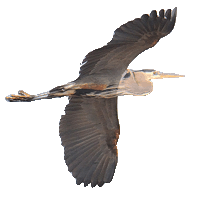
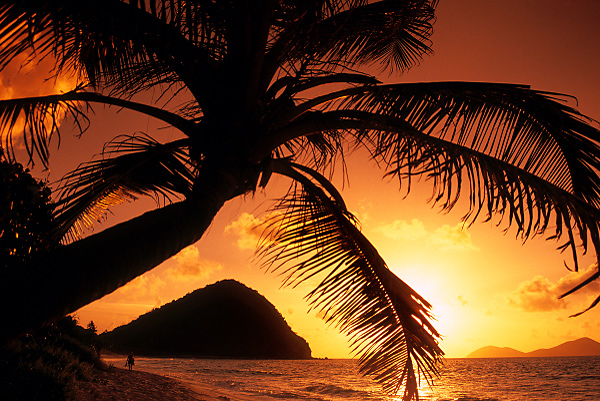
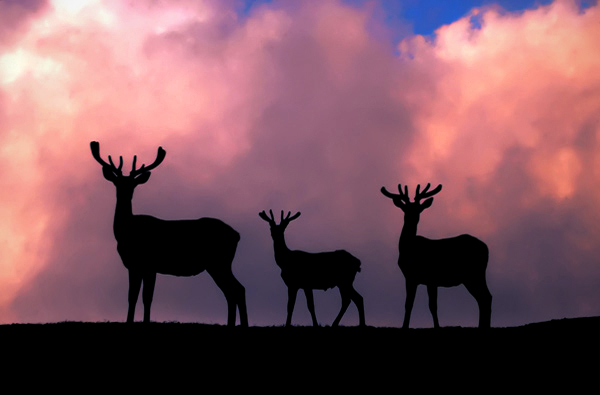
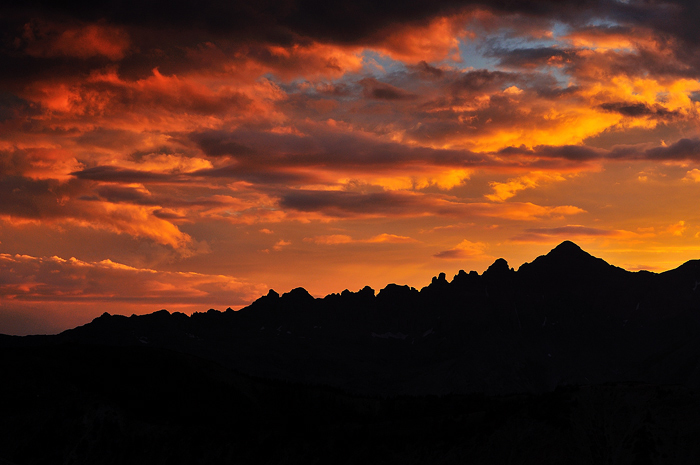
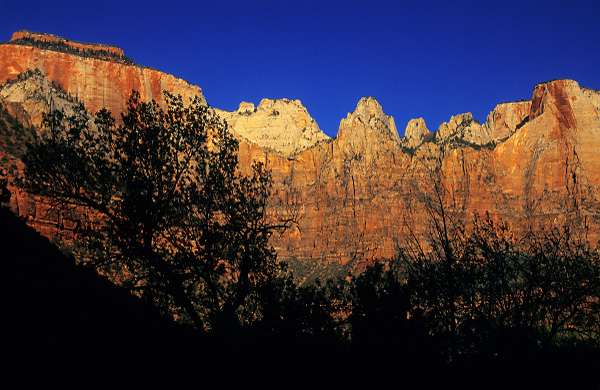
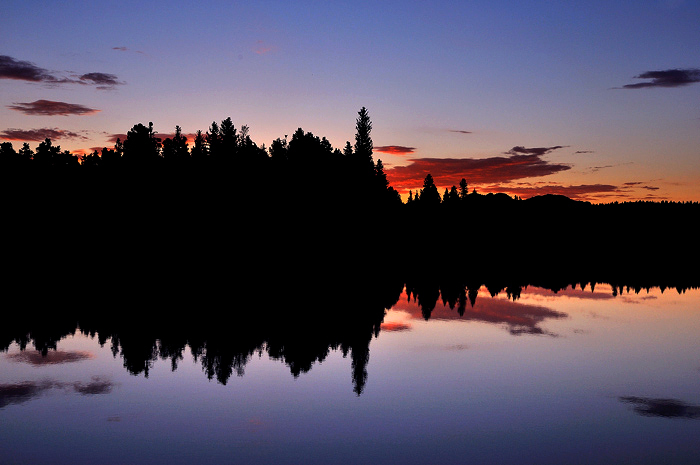
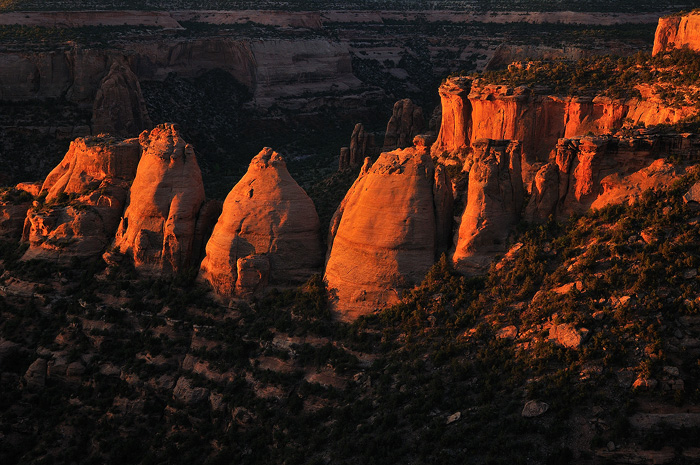
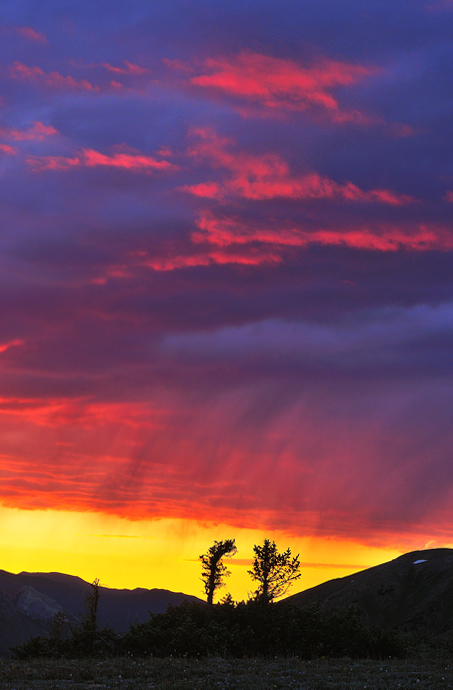
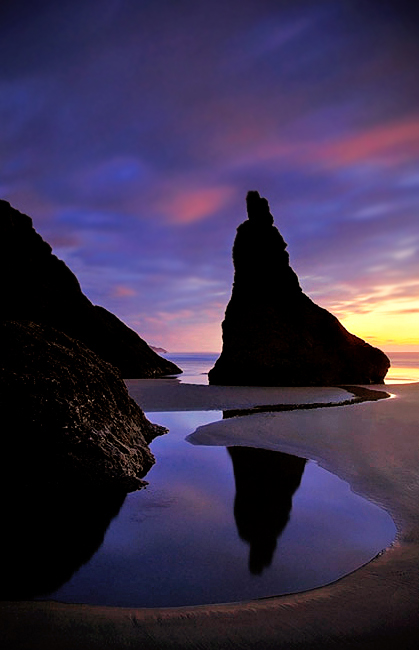
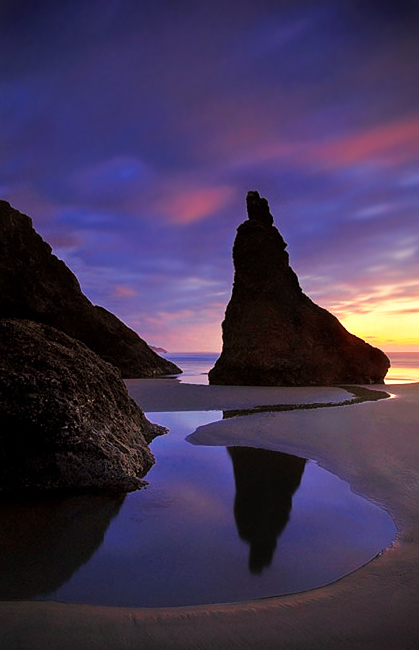
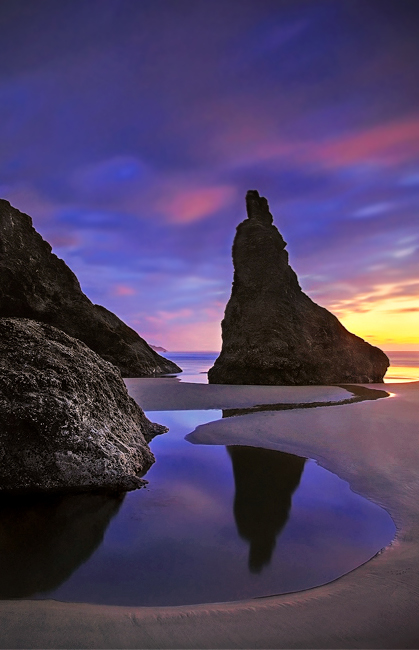
 Categories:
Categories: 
Trackbacks / Pingbacks